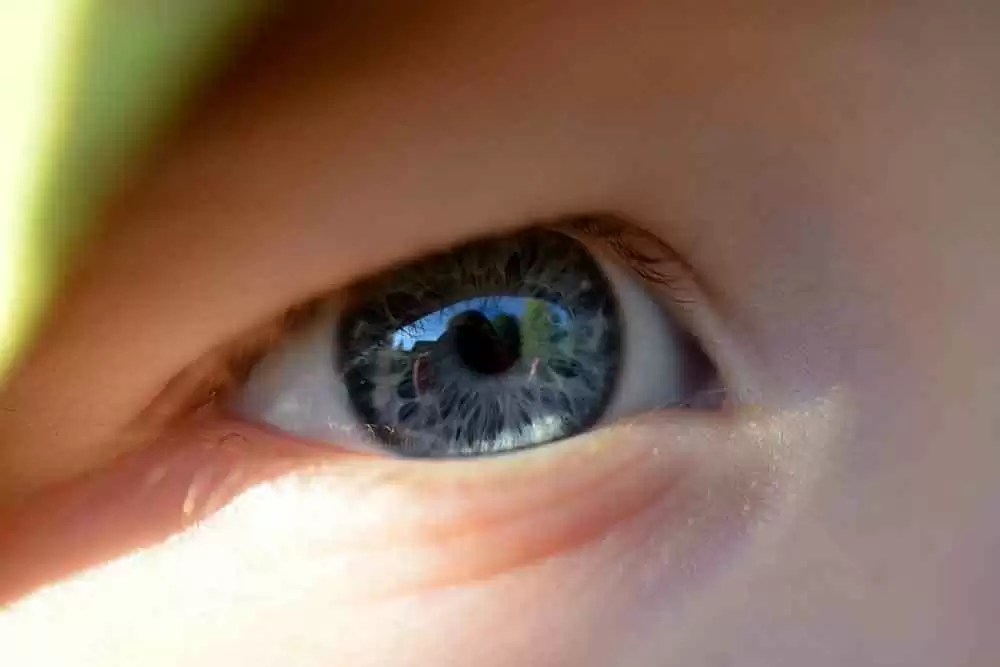
Celiac.com 07/15/2023 - Summary of the “Pathogenesis and Epidemiology of Celiac Disease” Clinical Symposium sponsored by the American Gastroenterological Association at the Digestive Disease Week international conference, San Francisco, May 22, 2002.
Dr. Thomas T. MacDonald of the University of Southampton (UK) School of Medicine discussed new insights into the pathogenesis of celiac disease and the role that the DQ2 (gene) molecule plays in controlling the T-cells of the small intestinal mucosa to produce the lesion or flat mucosa. He explained that the lesion is created when the T-cell immune response in the gut wall results in changes in the gut shape on a microscopic level from tall villi and short crypts to a flat mucosa with an increase in mucosa thickness. Although it was once believed that the damaged gut would quickly return to its normal shape on a gluten-free diet, Dr. MacDonald stated that the flat mucosa appears to be a stable structure. It may therefore take a celiac patient a long time to get better due to the length of time it takes for the gut to revert back to its normal shape.
Celiac.com Sponsor (A12):
Dr. MacDonald explained that gliadin peptides associate with DQ2 and DQ8 HLA molecules and put themselves into the grooves so that they are seen by the T-cells. Researchers now believe that Tissue Transglutaminase (tTg) alters the gliadin peptide so that it binds to DQ2. Once bound to the HLA, the altered gliadin peptide controls the T-cell response.
Dr. MacDonald also described the case of a woman with cancer who was treated with interferon (IFN). The IFN-alpha used to treat her cancer may have triggered her case of clinical celiac disease. IFN-alpha can stimulate T-cells and a viral infection could activate IFN-alpha.
Dr. Alessio Fasano, Co-Director of the University of Maryland Center for Celiac Research, discussed the prevalence of celiac disease on a local and worldwide scale. Dr. Fasano said that in the 1970’s, celiac disease was thought to be limited to the pediatric population, but since 1998 there has been a surge of adult cases. He believes that adult celiac disease in the U.S. has been overlooked due to the fact that adults tend to present more atypical symptoms. Also, pathologists need to be better trained to not overlook the majority of patients with only partial villous atrophy. He believes that in the vast majority of cases a person with celiac disease will not see a gastroenterologist, so other physicians and specialists need to have a heightened awareness of the disease. On a worldwide scale Dr. Fasano stated that the overall prevalence of celiac disease is about 1 in 266, on which he commented: "on a global scale, this is by far the most frequent genetic disease of human kind."
Dr. Ciaran Kelly, of the Beth Israel Deaconess Medical Center (Boston), had interesting insights into both celiac disease and refractory sprue. Dr. Kelly explained that his responsibility when seeing a patient with possible refractory sprue is to first confirm that the patient really has celiac disease and that they are adhering to a gluten-free diet. Dr. Kelly explained that some patients would “prefer an iron shot” than have to adhere to the diet. Differences from patient to patient in their sensitivity to gluten can also affect their adherence to the diet.
According to Dr. Kelly, in celiac disease the lamina propria lymphocytes are stimulated by gluten to mediate the disease, whereas in refractory sprue, intraepithelial lymphocytes no longer require gluten to cause damage. Essentially "they’re on auto-pilot," but he emphasizes that refractory sprue is a rare disease and doctors should refer patients to knowledgeable and competent dieticians for dietary management.
Dr. Kelly said that patients who adhere to a gluten-free diet but do not respond to it should also be evaluated for other disorders that can masquerade as celiac disease, especially if the patient is IgA endomysial antibody (EmA) negative or HLA DQ2 or DQ8 negative. Not every flat mucosa is celiac disease, but could instead be a differential diagnosis such as cow’s milk protein intolerance. Other unusual immunological disorders could also be mistaken for celiac disease. Doctors should consider these if the patient’s IgA EmA or tTg antibody tests were negative at diagnosis. HLA typing should also be considered in this case, after other possibilities have been eliminated and the patient is not responding to a gluten-free diet. If a patient’s HLA DQ2/DQ8 test is negative the likelihood that they have celiac disease is much lower. He advised that antibody blood tests for follow-up were helpful but not to be relied upon.
Dr. Kelly also emphasized that patients are being seen more frequently who have subtle manifestations of celiac disease and who were previously diagnosed or misdiagnosed with irritable bowel syndrome and other disorders. Some patients with celiac disease may show improvement in their biopsy and blood test results, but their symptoms may still persist. He emphasized that doctors need to be aware that just because a patient has celiac disease it does not mean that they do not also have another disorder.








Recommended Comments
There are no comments to display.
Create an account or sign in to comment
You need to be a member in order to leave a comment
Create an account
Sign up for a new account in our community. It's easy!
Register a new accountSign in
Already have an account? Sign in here.
Sign In Now